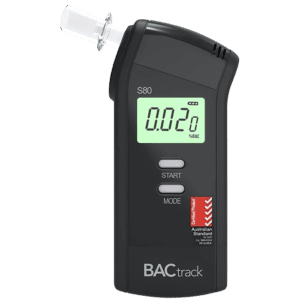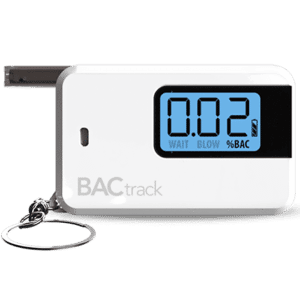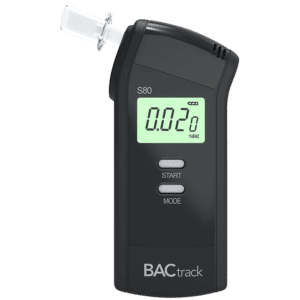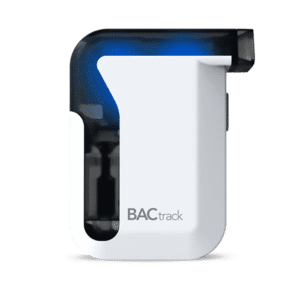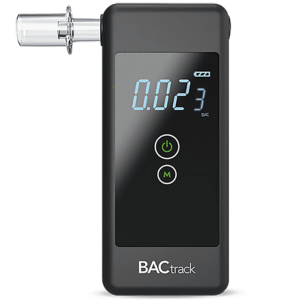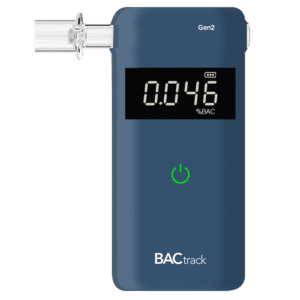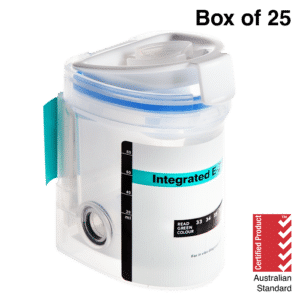Hair Drug Test: What It Is, How It Works, and Accuracy
03 January, 2024

A hair drug test is a method of alcohol and drug detection through hair analysis. The hair follicle testing process involves collecting hair specimens and sending them to a laboratory for testing. This type of test is generally accurate, but some factors can affect the results. For example, certain hair products like bleach can interfere with the test. Additionally, the length of the hair and the timing of the hair sample collection can also impact the accuracy.
Identifying substance abuse is crucial in various settings. A person with a drug or alcohol addiction is at high risk of poisoning or developing chronic illnesses. Moreover, it poses hazards to road and workplace safety. Therefore, drug testing is vital to identify at-risk individuals and make the necessary interventions. This article will provide information about the hair test, including how it works and its accuracy and reliability.
What Is a Hair Drug Test?
A hair drug test is a method of detecting drugs and alcohol by analysing the hair. It uses a small sample of hair to determine past consumption of substances. This type of test is suitable in situations to see if a person has illicit drug or alcohol abuse problems. It can help healthcare professionals in diagnosing potential health risks and developing an appropriate treatment method.
Additionally, hair testing proves non-invasive as it necessitates no blood or urine specimens. The collection process is typically painless. Moreover, although head hair is typically used, one can extract the hair specimen from other body parts. It also exhibits resistance to tampering and remains impervious to manipulation through sample adulteration.
Hair testing kits are available for personal or professional use. However, it necessitates sending the specimen to a laboratory. Hence, the process takes longer than saliva and urine test kits. Moreover, it is more costly than other forms of drug testing. Due to these limitations, organisations often use this method in specific circumstances, like after an accident, pre-employment, and other legal cases.
Benefits Over Other Testing Methods
- Longer detection period: hair testing can detect drug usage for a longer period compared to other testing methods. It can detect the presence of drug use up to 90 days prior.
- Difficult to cheat: hair follicle testing is difficult to cheat due to the incorporation of drug metabolites into the growing hair shaft.
- Non-intrusive collection: hair testing involves collecting small hair samples, avoiding the need for invasive procedures like blood draws.
- Lower chance of false positives: factors such as passive exposure to illegal drugs or certain prescription medications are less likely to affect hair testing.

How Hair Drug Tests Work
When a person ingests drugs, they are absorbed into the bloodstream and are absorbed by the organs. The hair follicles absorb and store small portions of the drugs. Consequently, metabolites or trace amounts of the parent drug remain in the hair as it grows. A hair drug test can detect substances one week after the initial exposure, depending on the rate of hair growth.
The collection officer gathers hair strands carefully from the back of the head, near the scalp. They take about 50-100 mg of hair, measuring around 3.8 cm. The officer seals and labels the samples for identification and sends them to a laboratory for analysis to check for substance use.
In the lab, technicians cleanse the specimen to eliminate external contaminants such as shampoos and smoke before testing. The initial screening employs the ELISA method to detect and analyse the drugs and their metabolites. If the result is positive, it undergoes confirmatory testing. Lastly, hair follicle drug test results may be available after 24 hours.
What Substances Can Be Detected?
A hair follicle test can identify a wide range of drugs. These include marijuana (THC), phencyclidine (PCP), cocaine, amphetamines, and MDMA, also known as ecstasy. The test is also capable of detecting certain prescription drugs that people might misuse. Examples of these drugs are heroin, oxycodone, hydrocodone, and synthetic opioids like fentanyl.
In addition, hair sample testing can find depressant drugs such as benzodiazepines and barbiturates. Healthcare professionals frequently prescribe these medications to treat anxiety disorders, insomnia, and seizures. Furthermore, hair testing can detect ethanol metabolites. These are the byproducts formed when the body breaks down alcoholic beverages.
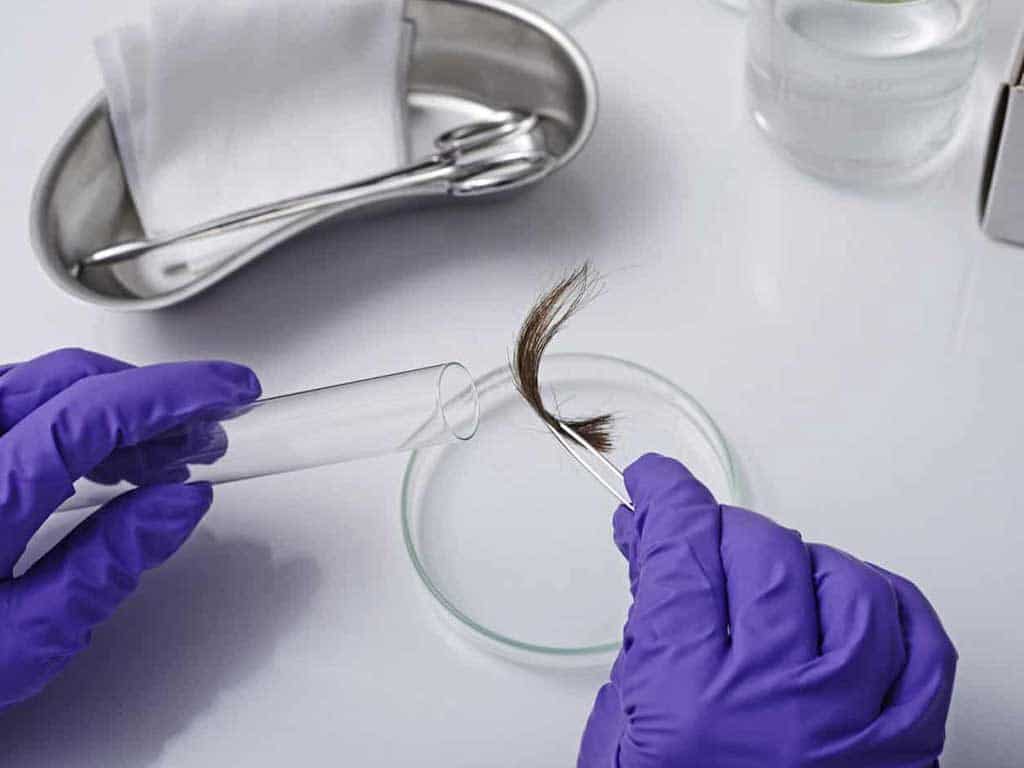
Accuracy and Reliability of a Hair Drug Test
A hair drug test is a reliable and accurate method for checking substance use because drugs can enter the hair shaft as it grows, creating a historical record. However, several factors can impact result accuracy. Hair products like detox shampoos or treatments may have substances that interfere with the testing process, causing inaccurate results. Therefore, individuals should disclose their product use before testing to ensure accurate results.
The length of the hair sample also affects the accuracy of a hair test. If the specimen is insufficient or shorter than the required length, it may limit the detection period. Thus, it can potentially miss substance presence within a certain timeframe. Genetic factors can also lead to a decrease in accuracy.
Another factor that can affect test results is the timing of the sample collection. Hair tests do not typically show substances consumed within seven to ten days before collection due to the nature of hair growth. Hence, the test might not find any traces. Also, the drug level in the sample might be too low for the test to detect it.
Detection Window
Hair follicle drug testing has a longer window of detection than others, like saliva or urine testing. The general period for most substances is 90 days. However, there are laboratories that offer detection periods of up to a year. These do require longer hair strands proportional to the period. For example, 15.6 cm hair strands are necessary for a detection window of a year.
Factors such as the frequency of substance use and overall health can also influence the detection window. The hair growth rate is another consideration. This comprehensive approach makes hair testing a valuable tool in workplace programs, rehabilitation programs, and forensic investigations.
Conclusion
A hair drug test is a screening method that uses a small hair sample to detect drugs and their metabolites. This test is more secure against tampering and is used for health, work, or legal reasons. The process involves collecting hair, cleaning it, and then testing it in a lab. Results can take a bit longer than other drug tests but offer a longer detection window for drug use.
Furthermore, hair tests are both reliable and accurate for detecting substance use. They offer advantages such as a long detection period, up to 90 days, and are hard to cheat. The collection process is non-intrusive, involving cutting a small hair sample. These tests also have a lower risk of false positives. However, accuracy can be affected by factors like extreme hair treatments, hair length, genetic differences, and the timing of sample collection.




















